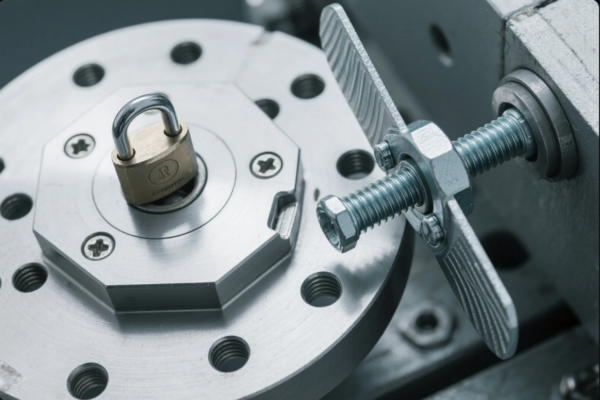How do you read bolt sizes?
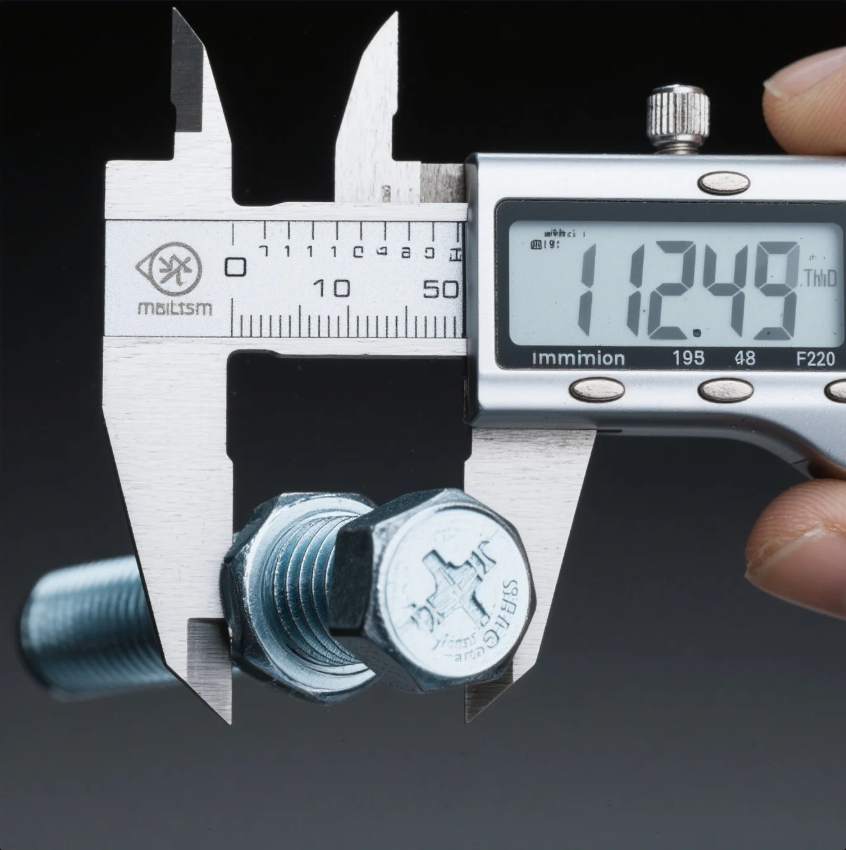
Misreading bolt sizes leads to misfits, stripped threads, and unsafe assemblies.
Bolt sizes are read by identifying diameter, thread pitch, and length. Codes like M10×1.5×30 describe the bolt’s metric size: 10 mm diameter, 1.5 mm pitch, and 30 mm length. Understanding bolt markings avoids costly mistakes.
Many clients confuse thread pitch with length or mix up metric with imperial. Here's how to read bolt sizes the right way—and how Prime ensures every fastener is correctly labeled and ready to use.
What do the numbers mean on bolts?
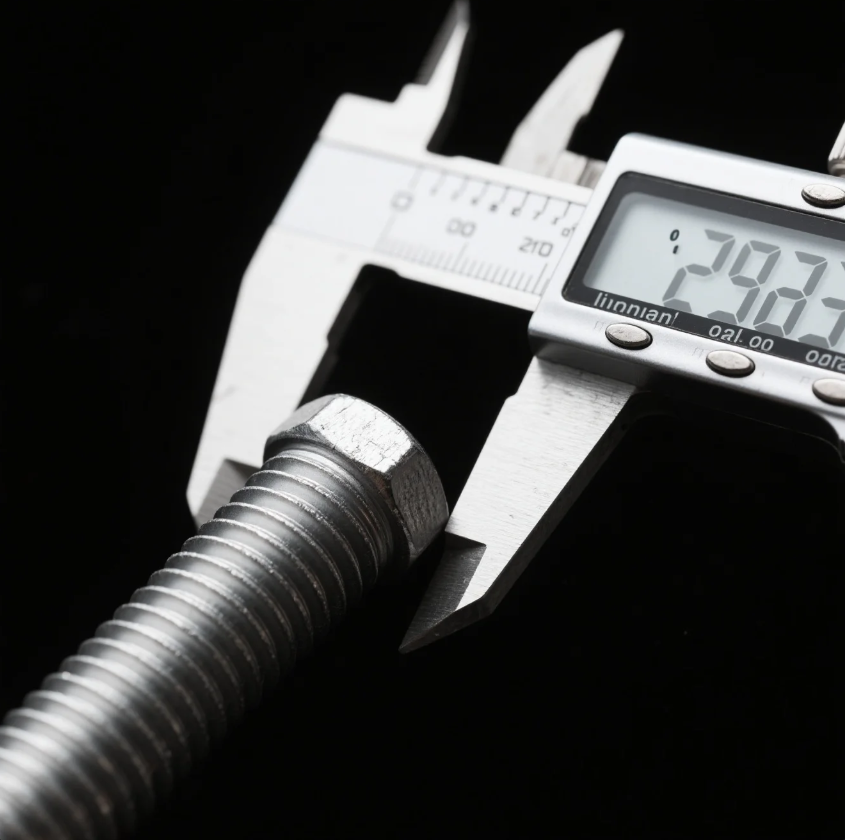
Bolt markings aren’t random. Each number tells you a specific measurement.
Bolt numbers represent diameter, thread pitch, and length. For example, M8×1.25×40 means 8 mm diameter, 1.25 mm thread pitch, and 40 mm long.
For imperial bolts, the size might read as 3/8-16 × 1.5. That’s 3/8" diameter, 16 threads per inch (TPI), and 1.5" long. Prime prints these specs clearly on every product label.
Example: Metric Bolt Marking
| Marking | Meaning |
|---|---|
| M10×1.5×60 | 10 mm diameter, 1.5 mm pitch, 60 mm length |
| M8×1.25×30 | 8 mm diameter, 1.25 mm pitch, 30 mm length |
In one project, a client mixed M8×1.0 with M8×1.25 bolts—both looked the same but didn’t fit. Now they order Prime bolts with detailed specs printed on the bag and QR-linked datasheets.
How to calculate nut bolt size?
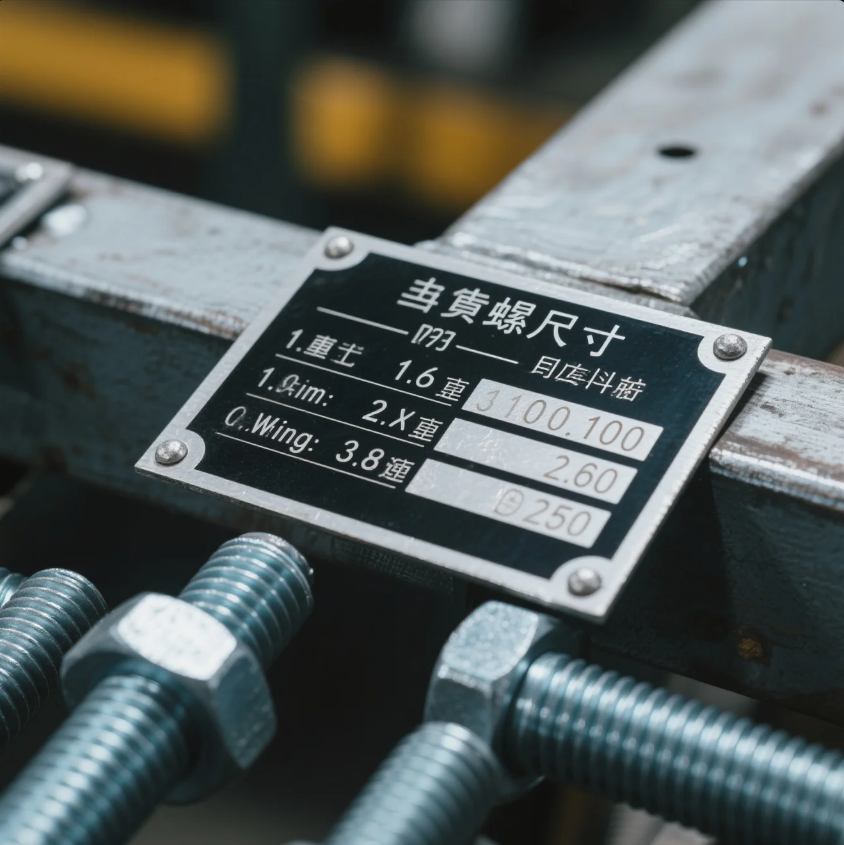
You can’t just pick any nut for any bolt. The size has to match perfectly.
To calculate nut bolt size, measure the bolt’s diameter and thread pitch, then match those with a nut of the same specs.
Use a digital caliper to measure the major diameter of the bolt threads. Then use a thread gauge to measure the pitch. Once you know those, select a nut with matching thread specs and inner diameter.
Bolt-Nut Size Match Guide
| Bolt Size (Metric) | Matching Nut Size | Thread Pitch (mm) |
|---|---|---|
| M6 | M6 | 1.0 |
| M8 | M8 | 1.25 or 1.0 |
| M10 | M10 | 1.5 or 1.25 |
We support many OEM clients with pre-matched fastener kits from Prime. Every nut fits perfectly without extra sorting, reducing labor cost and increasing assembly speed.
How to read bolt code?

Bolt codes may look like random numbers, but they’re easy to decode once you know the format.
To read a bolt code, break it into three parts: bolt diameter, thread pitch, and length. Sometimes, the grade or coating is included too.
A bolt labeled M12×1.75×50 8.8 Zn means:
- M12 = 12 mm diameter
- 1.75 = thread pitch
- 50 = length in mm
- 8.8 = strength grade
- Zn = zinc coated
Bolt Code Breakdown Table
| Code Part | What It Means |
|---|---|
| M12 | 12 mm outer diameter |
| 1.75 | Distance between threads |
| 50 | Total length |
| 8.8 | Steel grade (medium carbon alloy) |
| Zn | Zinc-plated finish |
We ship Prime bolts with printed codes and barcodes for scanning, making inventory and quality control easy for international buyers.
How do I tell what size nut I have?
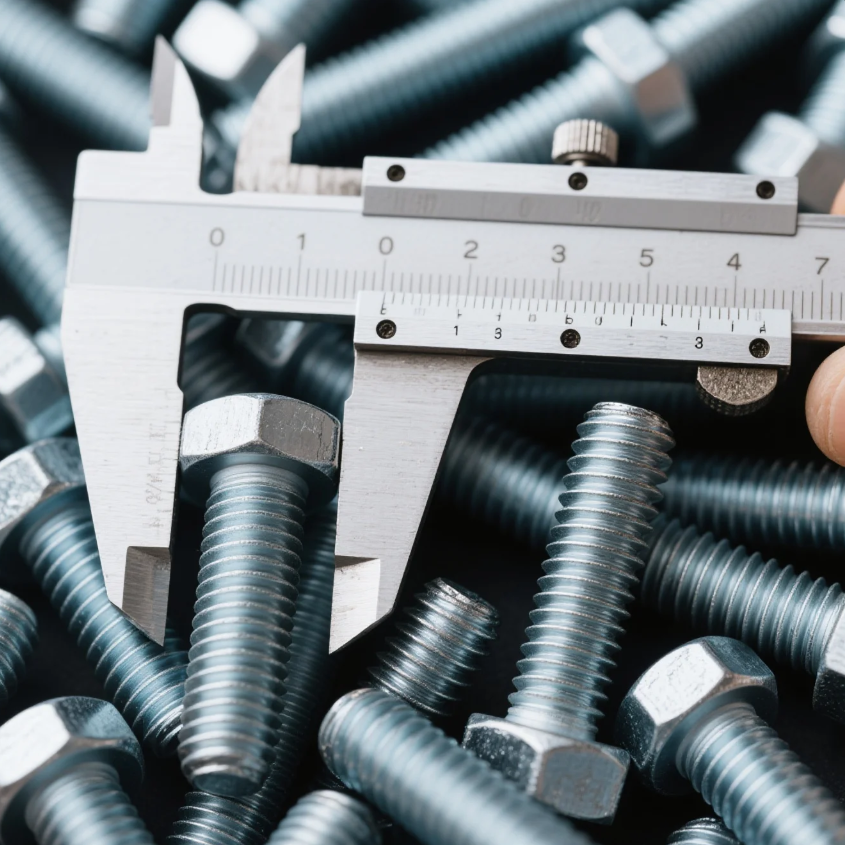
If you don’t have a bolt to test-fit, use measurement tools to find the nut’s specs.
To tell a nut’s size, measure the inner diameter and thread pitch using a caliper and thread pitch gauge. Also confirm whether it's metric or imperial.
Don’t assume based on wrench size—it often doesn’t match the thread size. Prime provides free sizing charts and pitch gauges for our long-term B2B clients.
Nut Size Measuring Tools
| Tool | What It Measures |
|---|---|
| Caliper | Inner diameter |
| Thread Gauge | Pitch (mm or TPI) |
| Bolt Tester | Confirms thread fit |
| Nut Size Chart | Cross-checks standard sizes |
We once helped a Middle East importer replace thousands of mislabeled nuts from another vendor. They now rely on Prime’s ISO-certified, pitch-verified nuts, matched to their bolts before shipment.
Conclusion
Reading bolt sizes requires understanding diameter, thread pitch, and length—always use tools, not guesswork.
Need bolts and nuts labeled clearly by size and strength? Contact Prime now for a free consultation and quote. We deliver ISO-certified, barcode-labeled fasteners with full specs, ready to install.


